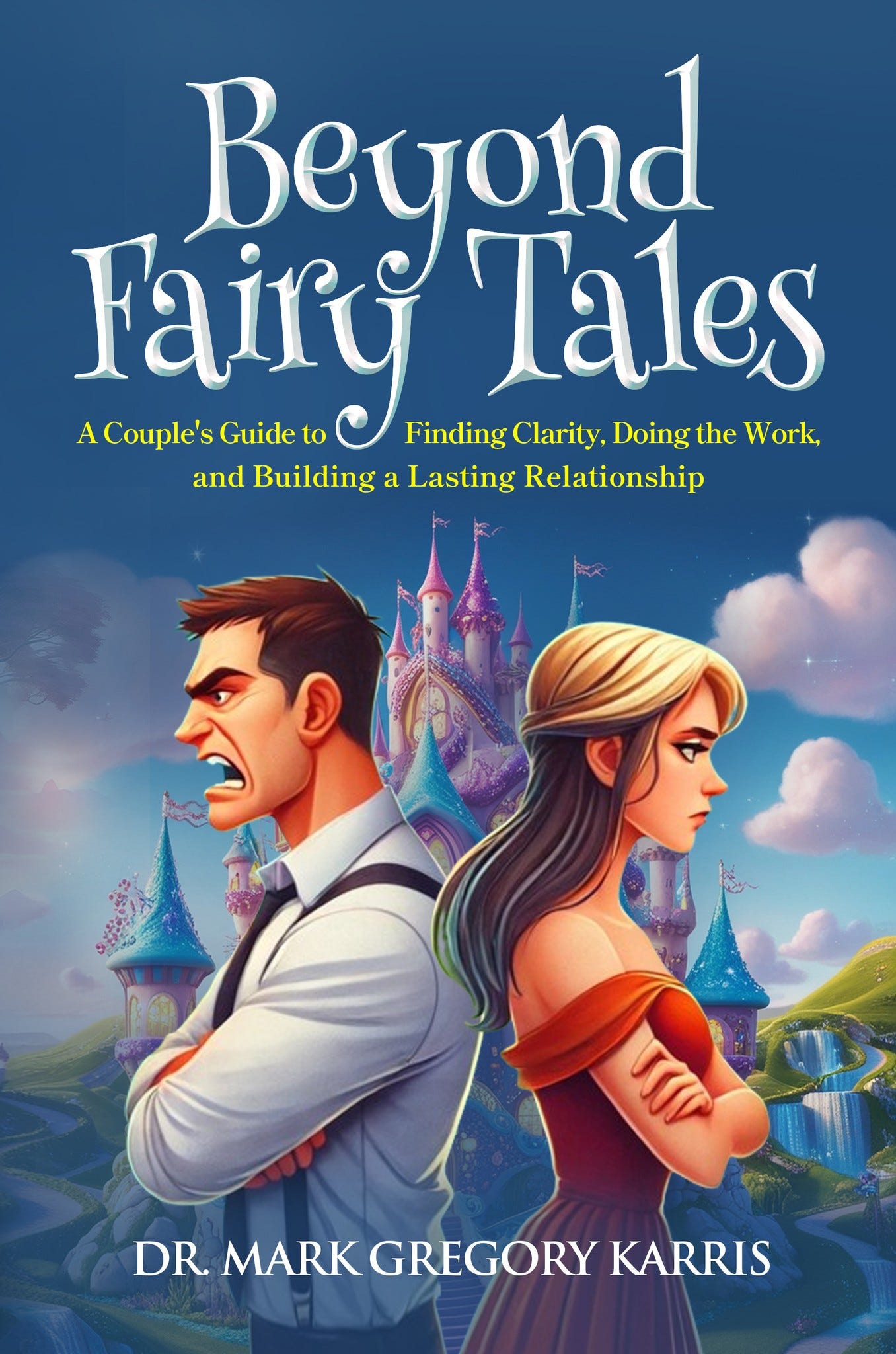We Do Therapy: How Do I Not Take this Personally?
Therapy Lesson #2: Don’t Take the Messiness of Healing Personally
In the introductory posts to this weekly, We Do Therapy series (available to paid subscribers). Scott and I shared both the struggles and triumphs of two young adults who believed they had found someone who would care for them. Our intent in the initial posts and this series of Therapy Lessons is not to offer marriage advice. We are not licensed therapists. We are survivors who hope that what we share about our journey together will help others to be curious about how trauma might be impacting their marriage. Hopefully, far sooner than we did! (Please read the statement at the end of this post.)
Therapy Lesson #2: Don’t Take the Messiness of Healing Personally
When one partner is healing from the impact of trauma, it is helpful if their partner can remain objective during the inevitable messiness that healing brings. Since I was the one who began healing first, let me explain what the messiness looked like—I will honor myself by only listing three bullet points!
Note: When I share so honestly, I am sometimes asked, “Why would people want to heal if this is what happens?” That is a valid question. It was either heal or finish out my life as a miserable human. Healing doesn’t cause the messiness; it is already there. I did not see this level of messiness coming, but I would choose this every time knowing the difference that healing makes. The messiness of healing is normal and it will get better!
Crying, lots of crying. Not everyone is gifted with the ability to cry the trauma out, but I certainly was. It was better than holding it in and then having it explode in unpredictable ways, but it was a lot—every day for months.
Shutting down, for hours. There was so much shifting inside of me as I healed. When I was still working, there was no bandwidth left at the end of the day—and yet it was necessary to continue processing. I am sure Scott felt like he was living with a ghost.
Unpredictable incapacities, lots of them. I was a capable and independent woman who would suddenly find myself overwhelmed by the helplessness of a young traumatized child.
While all that was difficult, Scott’s strong caregiving qualities carried us through the messiness of that first year of healing. As I continued healing the trauma embedded in my younger child self, I suddenly began to resent his help. Much like the Sesame Street Book, I Can Do This All By Myself, I began to assert my independence. At the time, there was no real way to explain this. I am not not sure how he could not have taken my rebuffs personally after caring for me so well!
This was one reason why last week’s edition of We Do Therapy discussed healing yourself first—that is what I was doing. It got super complicated when Scott also began healing. When we were our mature adult selves, we were fine. When unhealed wounds from our childhoods surfaced simultaneously, we were two wounded children, who yes, took everything personally.
My friend, Dr. Mark Gregory Karris, launched a new book last week that I will probably mention often. In Beyond Fairy Tales: A Couple's Guide to Finding Clarity, Doing the Work, and Building a Lasting Relationship, Dr. Karris states:
“When something reminds us (either consciously or subconsciously) of a past relationship wound, whether from within or outside the current relationship, we call this a historical relational trigger. These triggers are like echoes from past experiences that resurface in the present, often catching us off guard. For instance, a partner’s inattentiveness during a conversation might evoke a deep-seated fear of being ignored, rooted in a past relationship where dismissiveness was common.” (Karris, 116)
Triggers will be addressed more fully in future posts, but what Dr, Karris calls historical relational triggers always felt personal—for me, and for Scott. So when I say, “Don’t take the messiness of healing—the other person’s healing—personally,” is that even possible?!
Keep reading with a 7-day free trial
Subscribe to Janyne McConnaughey to keep reading this post and get 7 days of free access to the full post archives.




